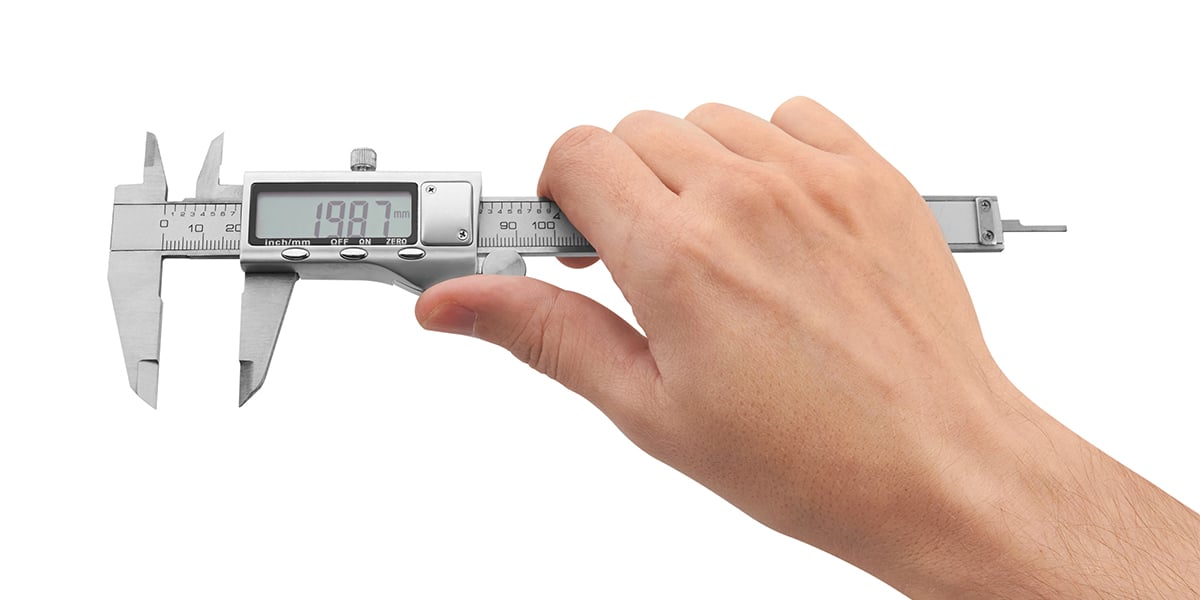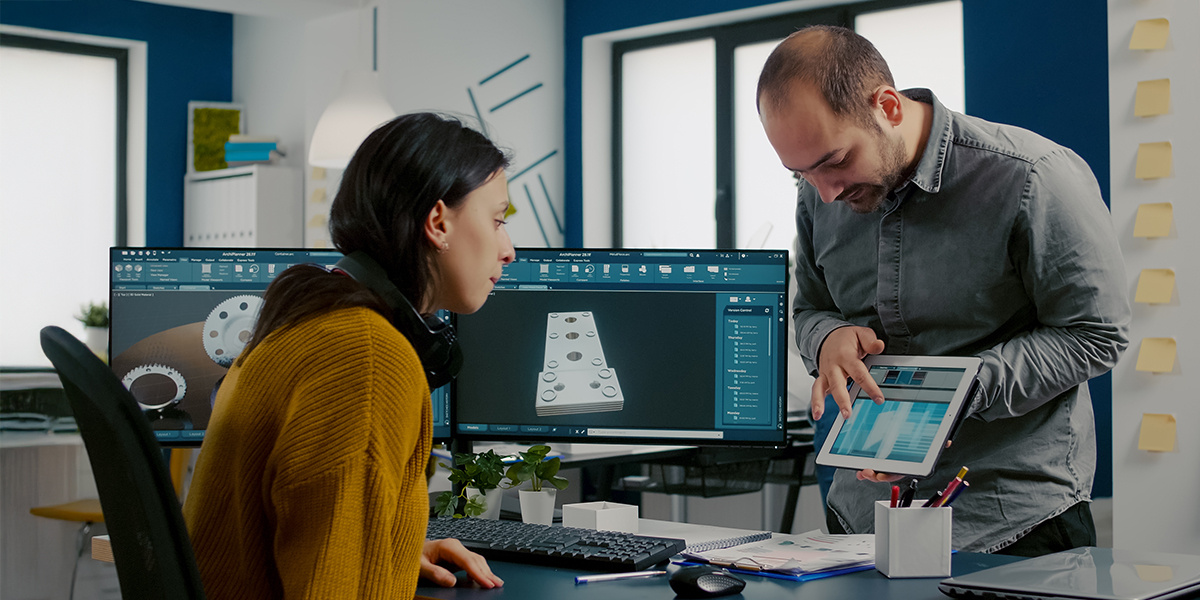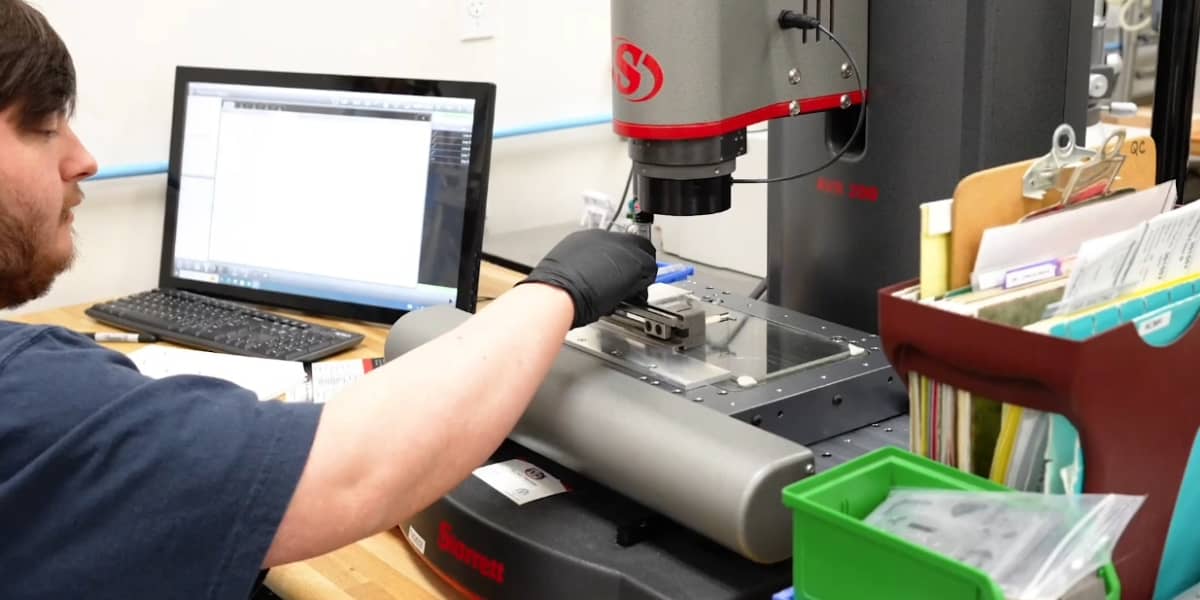2 min read
Beginning Design Phase: What You Need to Know
Key Takeaways: For teams entering the medical device design phase, understanding regulatory requirements (FDA, ISO) and fluidic system needs early...

Microfluidics isn’t just about moving liquid - it’s about precision, consistency, and trust. Every pump must meet exact specifications to perform seamlessly in real-world applications, ensuring reliability for the full lifespan of an OEM device. Achieving this level of accuracy requires thoughtful calibration tailored to each unique system. So, how does Fluid Metering pinpoint the perfect calibration settings and what factors play a role in their success? Let’s break it down.
Why Calibration Is Crucial
Careful calibration is the key to ensuring a pump delivers the expected performance from the moment it reaches the customer. It aligns the pump’s operation with the user’s specific requirements, guaranteeing consistent and reliable fluid delivery.
Determining the Calibration Volume
Every application has unique needs. Most customers require precise volume measurements per dispense (i.e.: one revolution of the pump equaling one fluid dispense). In these scenarios, Fluid Metering engineers calibrate each pump to fit individual requirements. If a customer is more focused on flow rate and doesn’t specify a preferred calibration volume, it's often because they’re working on a metering application. In such cases, Fluid Metering engineers will select a calibration volume that optimizes pump performance and ensures smooth, continuous operation.
Avoiding Calibration Issues Post-Delivery
Once customers receive their pumps, maintaining calibration integrity is essential. The best practice? Avoid manual adjustments as trying to alter settings or re-calibrate can disrupt pump precision and performance. Additionally, handling the pump with care will help preserve its accuracy.
The Influence of Additional Variables
Certain factors, like environmental conditions (changes in temperature, pressure, humidity, or vibrations) can negatively affect calibration stability, so limiting their variation can help maintain original settings. Additionally, microfluidic systems often involve other components, such as rotary valves and other sensing/analyzing equipment. If a customer’s setup includes a rotary valve or other equipment, Fluid Metering can mimic that setup during the calibration process. Each part of the fluidic architecture plays a role in achieving ideal calibration, so it’s vital to factor in the entire system.
By considering all these elements, Fluid Metering ensures that each pump is calibrated to the highest standards for precision and reliability in its respected application. Still have calibration concerns? Our experienced team is ready to help meet all your distinctive requirements! Contact us to tighten up the loose ends!

2 min read
Key Takeaways: For teams entering the medical device design phase, understanding regulatory requirements (FDA, ISO) and fluidic system needs early...

1 min read
Key Takeaways: Fluid Metering supports rapid OEM pump prototyping and production with lead times as short as 10 business days, ensuring engineers...

Key Takeaways: Fluid Metering offers rapid prototyping and short lead times for OEM pumps, with prototypes available in as little as 10 business...